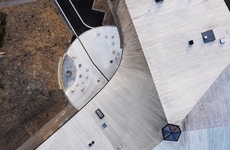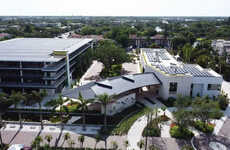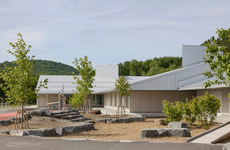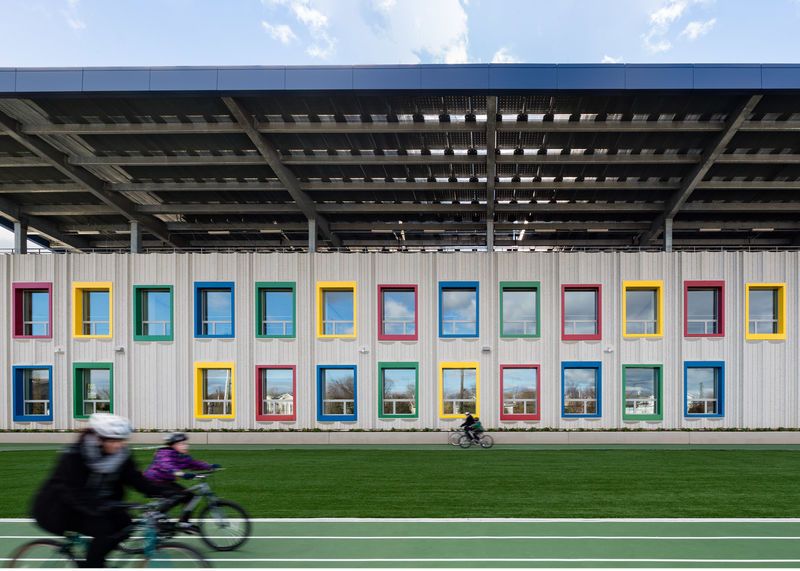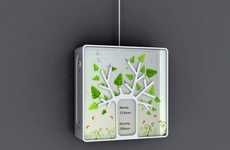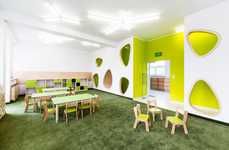
This New York City School Produces as Much Electricity as It Uses
Katherine Pendrill — December 30, 2015 — Eco
References: schools.nyc.gov & dezeen
The architecture firm 'SOM' just unveiled New York City's first zero-net energy school. In recent years, many architects have found innovative ways to make school buildings more energy efficient. This school takes the concept of sustainability to a whole new level by producing just as much energy as it consumes.
The Kathleen Grimm School for Leadership and Sustainability is a 68,000 square-foot school located on Staten Island. The school features a large canopy with enough solar panels to generate power for the whole school. The school also features large windows and skylights that reduce the need for artificial light. The sustainable design ultimately allows the school to produce enough electricity to cover all of its needs.
The zero-net energy school demonstrates how public buildings can be designed in a way that reduces overall energy consumption.
The Kathleen Grimm School for Leadership and Sustainability is a 68,000 square-foot school located on Staten Island. The school features a large canopy with enough solar panels to generate power for the whole school. The school also features large windows and skylights that reduce the need for artificial light. The sustainable design ultimately allows the school to produce enough electricity to cover all of its needs.
The zero-net energy school demonstrates how public buildings can be designed in a way that reduces overall energy consumption.
Trend Themes
1. Zero-net Energy Buildings - The concept of producing as much energy as is consumed in a building offers opportunities for disruptive innovation in energy-efficient design and renewable energy technologies.
2. Sustainable Architecture - Architects are finding innovative ways to make buildings more energy efficient, offering opportunities for disruptive innovation in sustainable building materials and construction techniques.
3. Renewable Energy Integration - Integrating renewable energy sources such as solar panels into building designs offers opportunities for disruptive innovation in energy storage, grid integration, and smart energy management systems.
Industry Implications
1. Architecture and Design - The architecture industry can leverage the trend of zero-net energy buildings to create innovative sustainable building designs and find new opportunities for professional services.
2. Construction and Engineering - The construction and engineering industry can embrace sustainable architecture trends to develop innovative construction techniques and incorporate renewable energy systems into building projects.
3. Renewable Energy - The renewable energy industry can explore opportunities to integrate renewable energy technologies into building designs, such as solar panels, and collaborate with architects and builders for sustainable solutions.
3.8
Score
Popularity
Activity
Freshness


